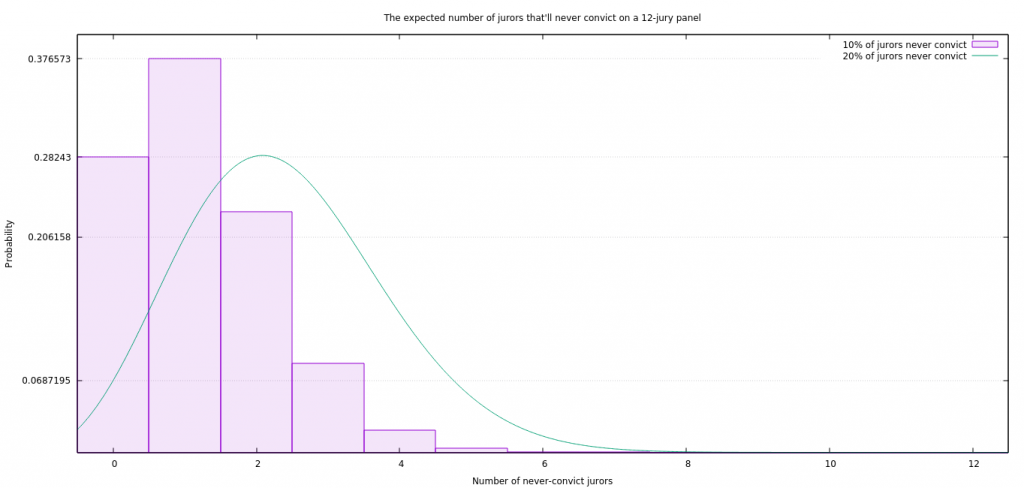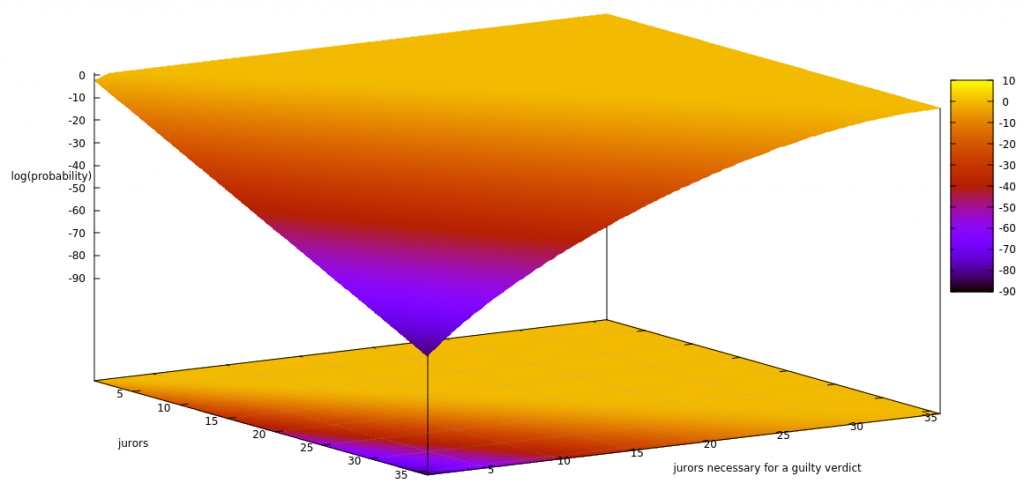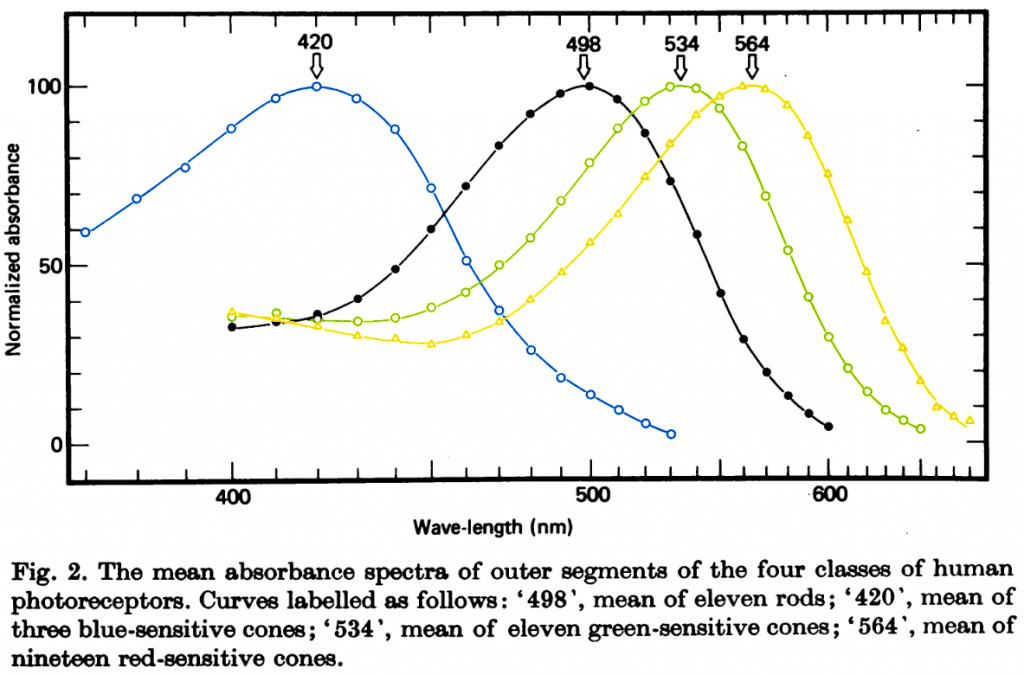I think Garrett Epps nailed this.
The gendered subtext of this moment is, not to put too fine a point on it, war—war to the knife—over the future of women’s autonomy in American society. Shall women control their own reproduction, their health care, their contraception, their legal protection at work against discrimination and harassment, or shall we move backward to the chimera of past American greatness, when the role of women was—supposedly for biological reasons—subordinate to that of men?
That theme became apparent even before the 2016 election, when candidate Donald Trump promised to pick judges who would “automatically” overturn Roe v. Wade. The candidate was by his own admission a serial sexual harasser. On live national television, he then stalked, insulted, and physically menaced his female opponent—and he said, in an unguarded moment, that in his post-Roe future, women who choose abortion will face “some form of punishment.”
In context, Trump promised to restore the old system of dominion—by lawmakers, husbands, pastors, institutions, and judges—over women’s reproduction.
And as they point out, the subtext has now become text with the allegations of sexual assault by Brett Kavanaugh. There are plenty of other reasons to deny Kavanaugh a Supreme Court seat, mind you, but the Republican Party has descended so low that corruption and a dismissal of human rights mean nothing when it harms them (but everything when it harms their opponents). Even Senator Susan Collins, considered to be on the liberal side of the Party, still twists in knots to defend Kavanaugh. These allegations of sexual assault might have been the straw, though.
Of course, now that sexual assault is back in the news, all the old apologetics are being vomited up. “Why didn’t she speak up?” “Boys will be boys.” “You’re ruining his life!” “There’s no evidence.” “This can’t be a common thing.” “Just trust the system.” It’s all very tired, and has been written about countless times before.
For instance, here’s a sampling of my own writing:
Evidence-Based Feminism 2: Sexual assault and rape culture
Debunking Some Skeptic Myths About Sexual Assault
Index Post: Rape Myth Acceptance
Christina Hoff Sommers: Science Denialist?
A Statistical Analysis of a Sexual Assault Case
Sexual Assault as a Talking Point
“There are no perfect victims.”
False Rape Reports, In Perspective
Steven Pinker and His Portable Goalposts
The evidence around sexual assault is pretty clear, and even in Kavanaugh’s specific case there’s circumstantial evidence that makes the accusations plausible. If people are still promoting myths about it at this point, it’s because they want to.
[HJH 2018-09-17: Added a few more links. Props to Salty Current of the Political Madness thread for some of them.]





